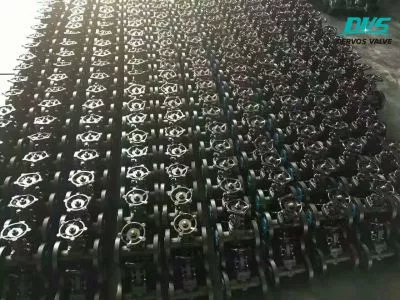Factors affecting quenching crack or heat treatment crack
There are many factors affecting the quenching crack. Here, only a few cases that are often encountered in production are introduced.
1. Quenching crack caused by defects in raw materials: If there are defects such as cracks or inclusions on the surface and inside of the raw material, and it is not found before quenching, quenching cracks may be formed;
2. Cracking caused by inclusions: If the internal inclusions of the forged parts are serious, or the cracks are hidden by the inclusions, cracks may occur during quenching;
3. Quenching crack caused by poor original structure;
4. Quenching crack caused by improper quenching temperature: improper quenching temperature can cause the parts to crack. Generally, there are two kinds of conditions:
(1) the indicated temperature on instrument is lower than the actual temperature of the furnace, so that the quenching temperature is too high, causing quenching overheating, resulting in workpieces cracking. The metallographic structure of the superheated quenching crack has coarse and coarse martensite.
(2) The actual carbon content of the steel is higher than the content specified by the steel grade. If it is quenched according to the normal quenching process of the original grade, which means the quenching temperature of the steel is too high, and will easily cause overheating of the parts and grain growth, As a result, the stress increases and quench cracking appears during the quenching.
5 Quenching crack caused by improper quenching and cooling: due to improper cooling during the quenching, quenching cracks will also appear on the parts.
6. Quenching crack caused by machining error: due to poor machining, thick and deep knife marks are left on the surface of the part. Even if it is a very simple part or a place where stress is not concentrated, it will cause cracking during quenching, or early damage occurred during service.
7. The influence of the shape of the part on the quenching crack: Unreasonable geometric shape of the part or much uneven thickness of the cross section will lead to stress concentration during quenching, which will cause cracks.
8. Cracks caused by delayed tempering: If it is not tempered in time after quenching, cracks may occur due to excessive residual stress of quenching.
In short, the application of metallographic methods for defect analysis is a more complicated task, for part failures are sometimes caused by many factors. In actual work, we should conduct multi-faceted investigations, grasp the facts, and proceed from various aspects to ensure the accuracy of the defect analysis.
